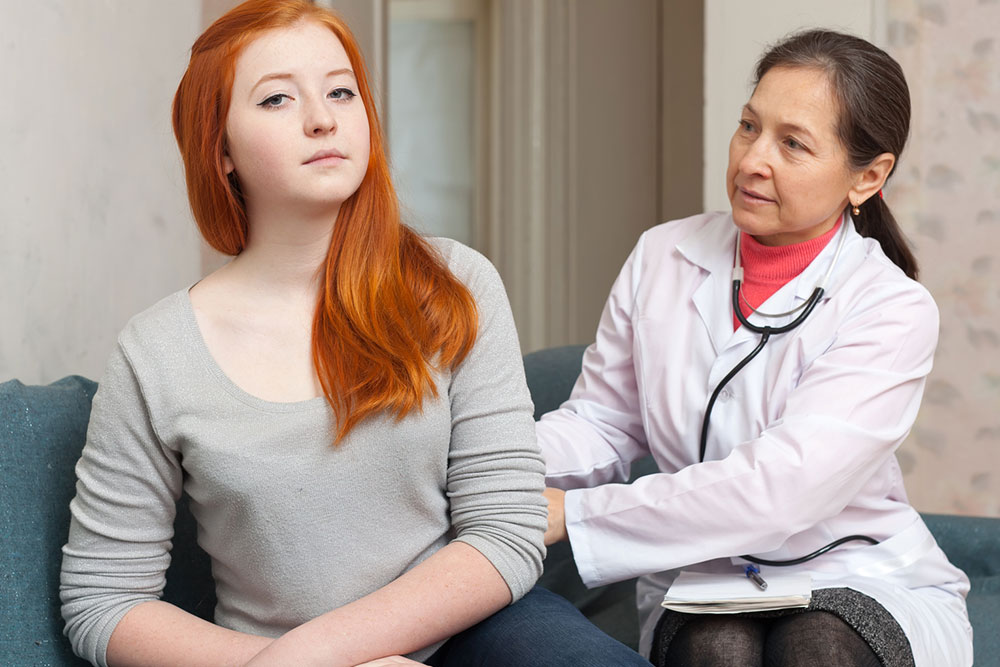6 warning signs of liver cancer

Liver cancer is one of the fastest growing, yet relatively rare, types of cancer where the cancer cells mainly originate in one’s liver. The stages can be divided into primary and secondary tumors, and which stage an individual is at depends on the extent of tumor spread. Statistical data shows it affects men more than women; the most common age group is between 55 and 64. Here are some warning signs to be aware of:
What happens to one’s body?
The liver is a vital organ that collects and filters blood that goes to the intestines, processes and converts nutrients into energy that builds tissues, makes a fluid that digests fat, and helps form blood clots. It detoxifies and metabolizes substances. In liver cancer, the organ’s cellular structure is compromised due to malignant or abnormal growth of cancer cells.
If the size of the tumor is less than 2 cm, it is considered stage one or an early stage. In the second stage, the tumor measures up to 5cm, and anything over that is considered stage three. By stage 3, the cancer also spreads to the blood vessels, other organs, or lymph nodes. An advanced stage 4 calls for immediate action and shows the cancer spread to other vitals, including lungs or bones.
Warning signs of liver cancer
Usually, liver cancer signs show up much later once the disease has progressed, but some common signs mistaken for other conditions may also manifest. Understanding these warning signs is crucial to ensure early treatment and successful management.
Lumps
Lumps are abnormal growths; in liver cancer, they may appear below one’s rib cage. This can result from the tumor enlarging and pushing against the surrounding tissues, showing up as a bump on the skin.
Pain
One may experience pain or swelling, particularly in the right shoulder or the upper right of the abdomen, where the liver is located. This discomfort can be mild or severe, depending on the cancer stage, and may be accompanied by a feeling of fullness or bloating. As the tumor grows, it can also exert pressure on the nearby organs and tissues, which can worsen the pain.
Nausea or vomiting
Those who have liver cancer may also experience nausea, especially if the cancer is disrupting one’s digestive system. These symptoms can persist and even worsen over time as the cancer progresses.
Fatigue and weakness
Like any other cancer, individuals with this condition can also feel depleted or tired despite enough rest and without any external factors like exertion. This is mainly because of the body’s increased energy demands, combined with the cancer-related treatment effects. Usually, this inexplicable fatigue interferes with one’s daily activities and affects one’s quality of life.
Loss of appetite
One may feel less hungry than usual or may have difficulty finishing meals if cancerous cells have taken over one’s liver functioning. Lack of appetite can contribute to feelings of weakness or fatigue.
Jaundice
The liver clears out dead or broken-down red blood cells in the body, producing a substance called bilirubin. With jaundice, the liver is unable to process bilirubin, causing its buildup. Bilirubin enters the bloodstream and turns one’s skin, eyes, urine, and stool yellow. Jaundice is also a classic symptom of liver dysfunction.
Apart from the above symptoms, one may also experience pale bowel motions or white, chalky stools, fever, and loss of body mass.
Diagnosis
Doctors diagnose liver cancer by evaluating one’s medical and genetic history, physical examination, and diagnostic test results. The tests usually include blood tests to determine how well the liver is functioning, ultrasound to check the size and location of the cancer cells, CT scan to check cancer spread, MRI and PET-CT scan, as well as biopsy to check the condition of the liver.
Causes
Liver cancer can emerge from existing health conditions, inherited DNA mutation, or poor lifestyle choices. Some common causes include chronic infections from Hepatitis B or C viruses, fatty liver disease, type 2 diabetes, and exposure to certain chemicals like aflatoxins.
Treatment options and preventive measures
Usually, liver transplants can cure liver cancer, but the condition must be in the earlier stages, and the person must be healthy enough to go through the procedure. There’s also immunotherapy, radiation therapy, ablation therapy, chemotherapy, targeted therapy, tumor ablation, or a combination of these treatments to help manage cancer. When taking preventive measures, doctors may ask individuals to follow healthy eating habits strictly, refrain from bad lifestyle choices, protect themselves from hepatitis B and C viruses, and get some exercise and enough rest for faster recovery.



